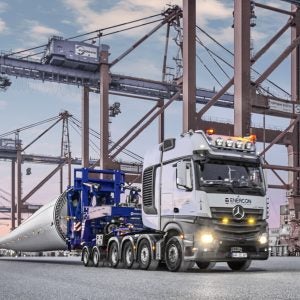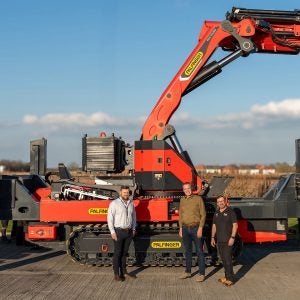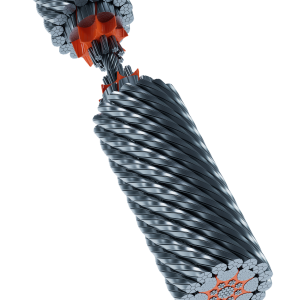At the end of last year, I attended Bauma China in Shanghai. I first visited China in 2007 for BICES, in Beijing. The two shows are very different; BICES is smaller, and aimed at local sales. In the three years between these shows the Chinese crane industry seems to have gone through a radical change.
In 2007, the view from many in the West was that the Chinese crane manufacturing industry represented a threat more than an opportunity. Many saw Chinese cranes as cheap, potentially dangerous, imitations of Western designs. Only a few saw a way to make the most of China’s cheap manufacturing base and high demand.
In three years, the initial forays that foreigners were making into China, and Chinese companies’ first efforts to sell their products globally, have moved up a gear. International firms like Manitowoc, Terex and Tadano have turned their existing joint ventures into thriving components of their global business, and often formed new joint ventures. Other overseas companies like Comansa have ramped up production in China, and begun to manufacture world class cranes at Chinese prices.
Demand is still dominated by 8t–25t truck cranes, but Chinese manufacturers like Zoomlion, Sany and XCMG have gone from their first experiments with bigger cranes to building 3,000t megacrawlers and 1,000t all terrains. They’re finding ready demand for these cranes, both locally and overseas. Other companies, like LiuGong, are bringing in Western executives with years of experience in the global construction equipment sector.
The Chinese executives I spoke to all recognised that, having mastered the key skills of crane building, they need to focus on additional design features, on safety, and on reliable after sales service. Many of them are a long way down that road.
Demand is changing too. The rental sector has been transformed, with China’s many entrepreneurs seeing the opportunity to build fleets that go beyond the simple truck cranes of a few years ago. Investment in mass transit, high speed rail, power and residential development, are driving demand for cranes of all sizes.
When President Hu met President Obama recently, many analysts raised the idea we are seeing the beginning stages of a G2 relationship, where the two biggest economies would decide the world’s future between them. Others point out that China often prefers to operate as one player in a wider multipolar world. In the crane industry at least, China is rapidly rising to become the equal of the rest of the world.






